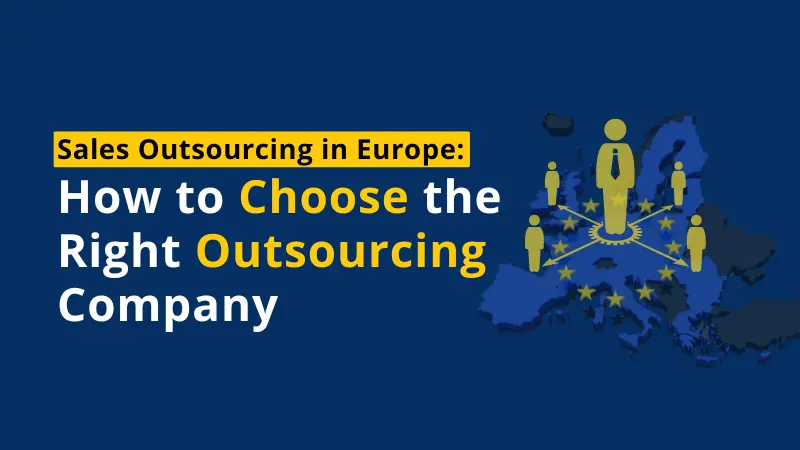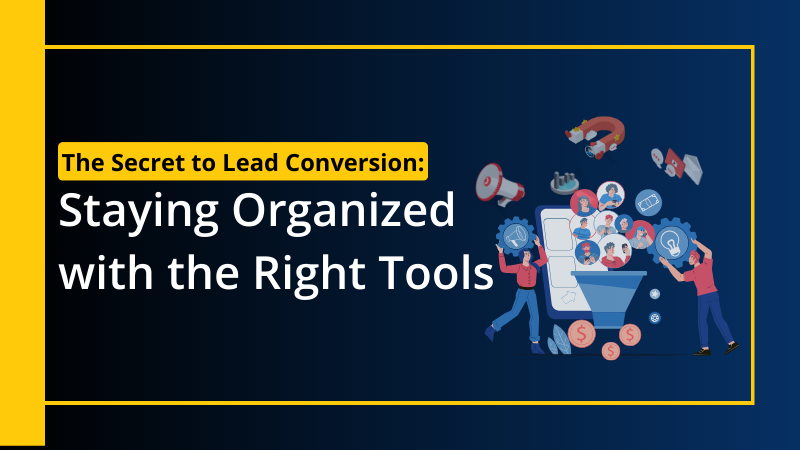Companies, especially B2B companies, are investing tons of resources into their content marketing.
But, as stated by a SiriusDecisions survey, 60% of content created by B2B companies never get used.
So there’s clearly a problem. B2B companies are proficient in creating content, but aren’t able to utilize it effectively. Once a piece of content has been created, the entire process comes to a halt. The crux of the matter lies in distribution – how to get the content you created in front of as many eyeballs as possible.
Here are two distribution strategies that B2B companies should implement into the over marketing.
#1: Master the Art of Content Outreach
As mentioned in the intro, the content creation itself isn’t the problem. Marketing departments are well versed in content creation. The question is, in what stage of the process should the creation comes?
It seems that most companies follow this process:
- Ideation – coming up with the topic
- Research – gathering data and knowledge
- Creation – the actual writing
Related: Outsourcing Content: Where To Look And Tips For Getting It Done [GUEST POST]
- Distribution – pushing the published content through social media & content discovery platforms OR trying to get in published on third-party websites
The main problem identified in this process is that the distribution comes at the end. Let me explain.
Obviously you can’t distribute content on social media prior to creating it. But, if you’re aiming to have your content published on third party sites, you should definitely plan the distribution angle ahead.
Content Distribution
In certain cases, the value of publishing your content on third-party sites exceeds that of publishing on your own site. While publishing content on your own site helps drive traffic (assuming you promote it through social channels), having your content and byline on relevant, industry-related sites can give you a serious boost in credibility and brand awareness.
In order to achieve that, the best tactic for distributing content is contacting your target publications before you start writing. Reach out to the editor, introduce yourself, your background and your expertise and if you have previously published content, include links to your best work.
Offer the editor to write for their publication and make sure to indicate that you’ll customize your content to fit their audience. You can also ask if they have a specific topic they’re interested in currently.
When you get a response, that’s your time to pitch your idea. Include a title and a short summary of the main points you wish to cover. The editor will either approve your pitch, suggest adding this or that or tackling a different angle, or reject it all together, thanking you for your time. In case you get the green light, the editor will also direct you to their Writing Guidelines, which you need to follow.
Now it is abundantly clear why the distribution process should come before the writing itself. What are the chances that an article you’ve written without consulting the editor will fit their requirements? Pretty slim.
Related: Influencer Interview Series: Jan Barbosa Marries Content Marketing and PR
#2: Using Influencer Marketing to Enhance Your Online Presence.
Don’t mistake the term “influencer marketing” for mini-celebs posing on Instagram with products. These days, influencers are positioning themselves as valuable marketing material for the B2B sphere as well.
84% of marketers plan on using influencer marketing in 2017.
A mention from a thought-leader in your industry can deliver a massive boost to your brand awareness among a very segmented audience. But as every other marketing strategy, influencer marketing needs to be planned and executed with care.
The first step is to realize who is the best influencer to carry your brand message. You can do the Google thing or the LinekdIn thing, or you can use online platforms and find influencers using HYPR, a dedicated tool exactly for that (which goes to show you how this form of marketing has taken off.)
Related: The Five Elements of Quality Content (According to an End-user)
The next step would be to figure out how the influencer will introduce your brand. Most influencers – at the least those with serious influence – would be reluctant to promote a product or service they don’t firmly believe in; their professional integrity is on the line and it’s much more valuable for them then what you’ll pay them.
Also, don’t expect an “I use product X all the time and must say I mighty happy with it” – those days are long gone. Finding the right way to introduce your brand will take time and careful consideration. It should appear natural, and honest. So be patient with this, and work together to find the ideal place and context to promote your brand. It would work for your benefit as well; when folks feel that they’re being sold to they immediately turn on their defenses.
Related: Stick to these Three S’s for Creating Viral Video Content
* * *
These two content distribution strategies go hand in hand and are immensely effective in enhancing a brand’s online presence. As content is shaping up to be to go-to marketing strategy for B2B brands, it is crucial for marketers to understand better not just how to create content, but also how to distribute it among relevant, targeted audience.
Author Bio:
Assaf Dudai is the head of content for eTraffic, a Web marketing agency specializing in SEO and content for B2B companies. Assaf is writing on all things relating to online marketing, from content to personalization to distribution and personal branding. You can connect with Assaf on LinkedIn.











